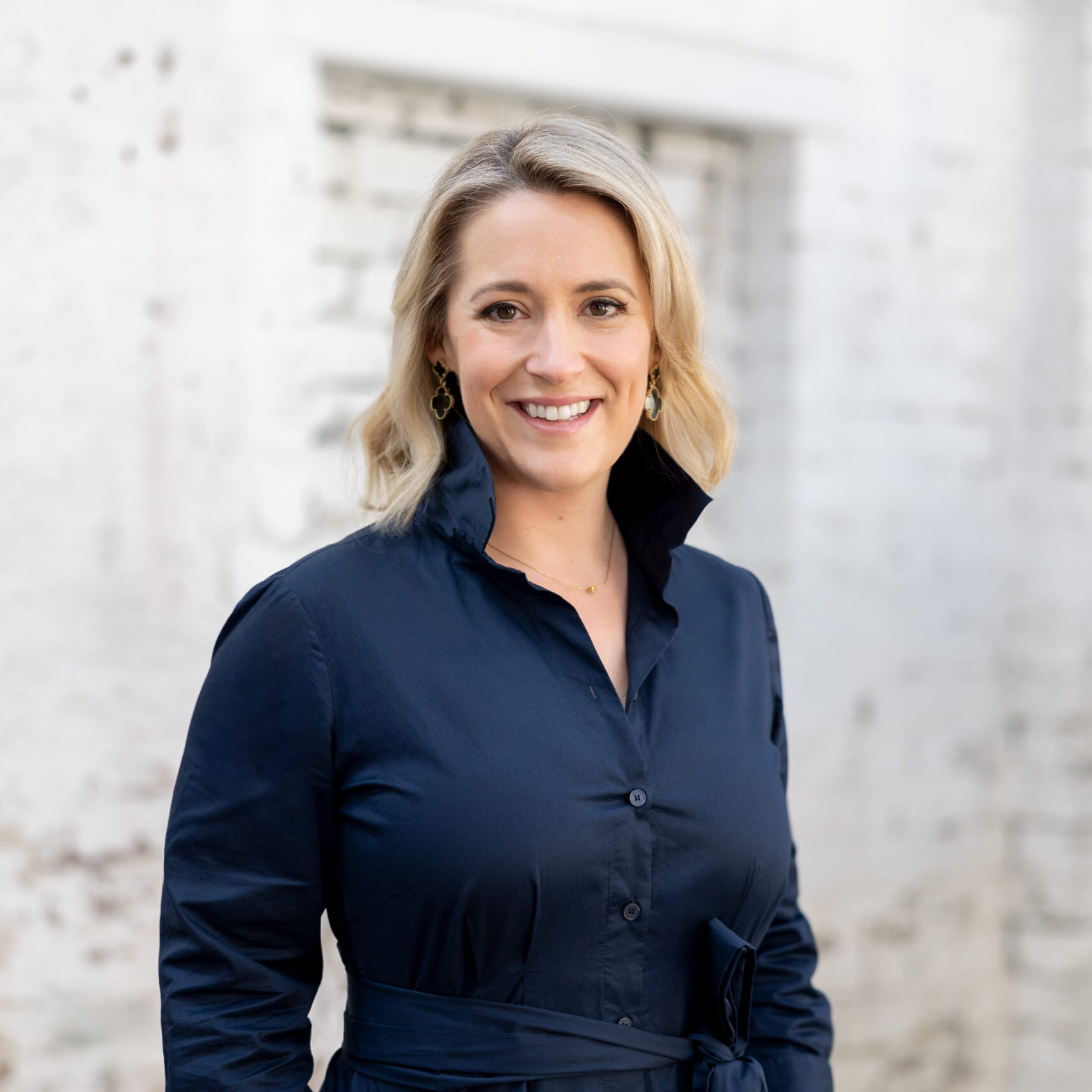
In Conversation with Michael Robinson Chávez

Michael Robinson Chávez has been a photographer at The Los Angeles Times since 2007. Prior to that, he worked for The Washington Post, The Boston Globe and the Associated Press. He has covered assignments in over 50 countries including: the Congolese Civil War, the tsunamis in Indonesia and Chile, the Egyptian revolution, life in Brazil’s slums, gold mining in Peru, the 2006 Hezbollah/Israeli war, the conflict in Israel/Palestine and the US led invasion and occupation of Iraq.
Michael is a two time Robert F. Kennedy Journalism Award for Photojournalism winner, in 2015 and 2012 and was twice named second place Photographer of the Year by Pictures of the Year International in 2014 and 2010. In 2015 Michael received a silver prize from the China International Press Photo Contest and a Judge’s Special Recognition in the Environmental Vision Award for his work on the California drought. Michael won the Scripps Howard National Award for Photojournalism and has also twice been named Photographer of the Year by The White House News Photographers’ Association.
His work has been exhibited widely, including the Visa Pour l’image festival in France, the Corcoran Gallery in Washington DC, Imagenes Havana in Cuba, the Head On Photo Festival in Sydney, the War Photo Ltd. Gallery in Dubrovnik and at the Museu Memorial de l’Exili in Spain.
Michael teaches and lectures at workshops throughout the world including Mexico, Argentina, India, Thailand, Egypt, Peru, Australia and the United States.
Who (or what) inspires you?
I draw inspiration from many places and people. Often times it is the place or people whom I am photographing. I try and change my approach depending on the story I want to tell. For many years I looked at a lot of photo books and was inspired by the likes of Alex Webb, William Albert Allard, Leonard Freed, Bresson, Lee Evans, Graciela Iturbide, Miguel Rio Branco and Josef Koudelka amongst others. But I also drew vision from some of the great artists: Edgar Degas for composition, Hopper for light and color and Gaugain for lushness and dimension. But more often than not it is geography: the faces, the sweat of the tropics, the contrast and light of the mountains…they point me in the right direction.
How did you get your first break?
My first break I suppose was when Joe Cavaretta of the Associated Press gave me my first job working in Mexico and Panama. I was fresh out of school and I had used my student loan money to go down and cover the Zapatista uprising in Mexico in 1994. Cavaretta, an excellent photographer, was the head of Mexico and Central America for the AP at that time. He was in Boston, where I was doing an internship for the Boston Globe, covering the FIFA World Cup. I showed him my Mexico pictures and a few weeks later he offered me the job. I was very excited and green, it was a great learning experience and sent me on my way.
Tell us what you are currently working on?
I am now at the Los Angeles Times and am currently working extensively on the drought afflicting our state. I spent the past year with Diana Marcum, a reporter at the Times, traveling through the Central Valley of California documenting the drought’s direct effects on the people having to live through it: the migrant workers, the farmers and the towns being abandoned and forgotten as a result. This year I plan on doing more stories since the drought is showing no signs of easing any time soon.
Top tips for an aspiring Photojournalists?
Hmmmmm, top tips for an aspiring journo photographer…well, I guess I would have to say find the topics that really interest you. Not just what you think editors or art buyers want to see but the subjects that are dear to you and that you can bring some heart and intellect to. Then research the hell out of it and go do it. Make lots and lots of pictures, pour over your mistakes and learn from them. Stray out of your comfort zone, push yourself to see in new ways. And get rid of the zoom lenses…they cause laziness! Use those legs.
THAT’S ALL FOLKS!
Share it around…






